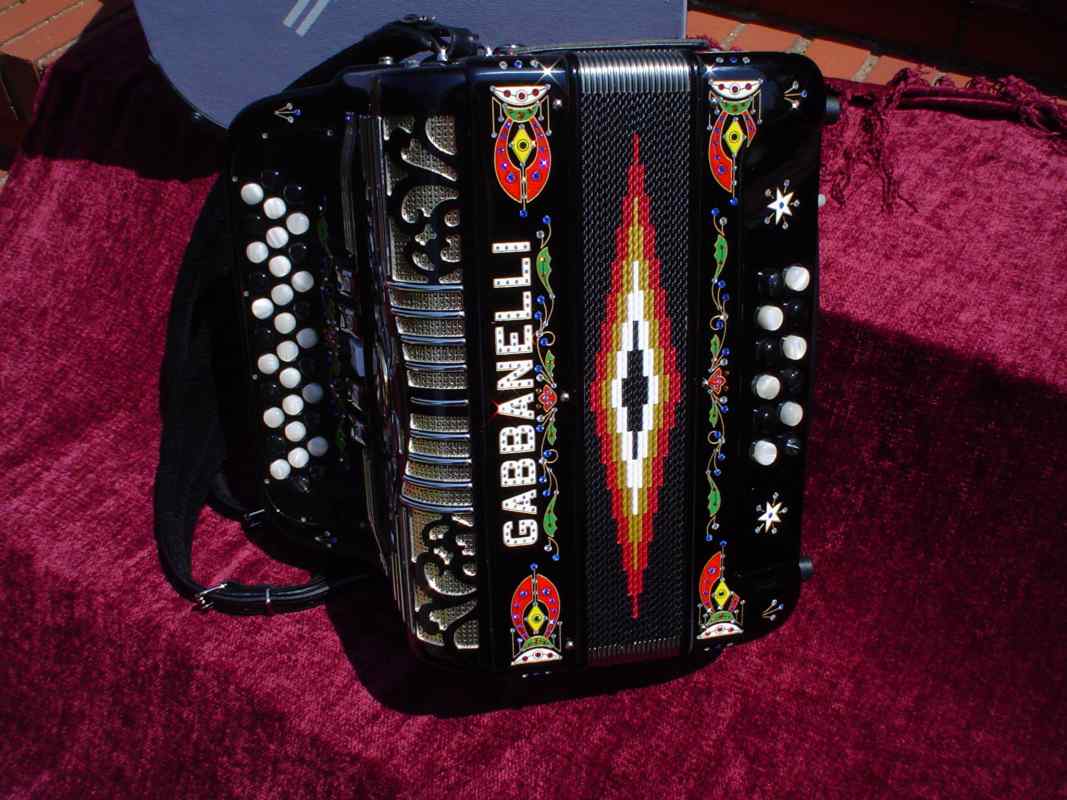
3-row Folk (button) Accordion
"Gabbanelli"
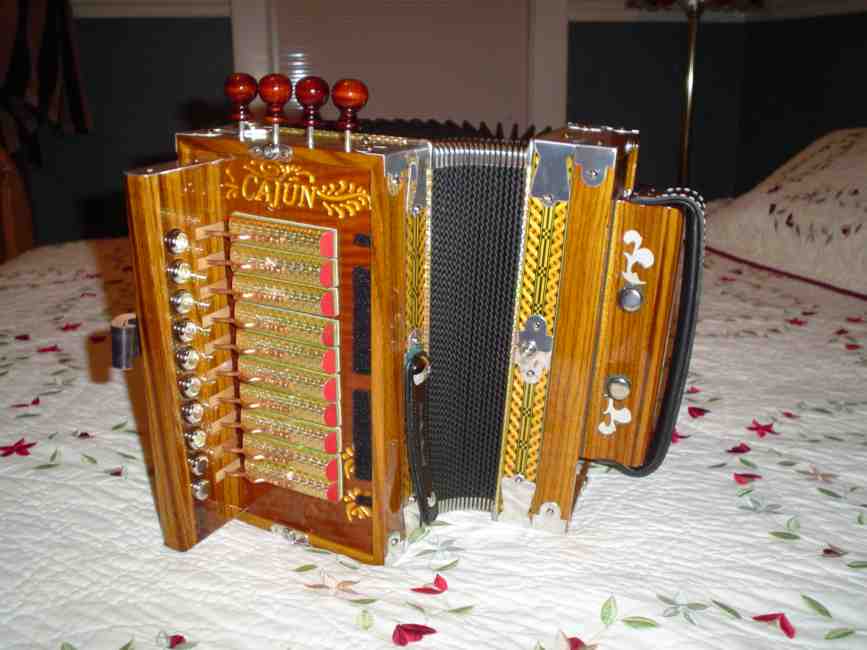
1-row Folk Accordion
"Cajun"
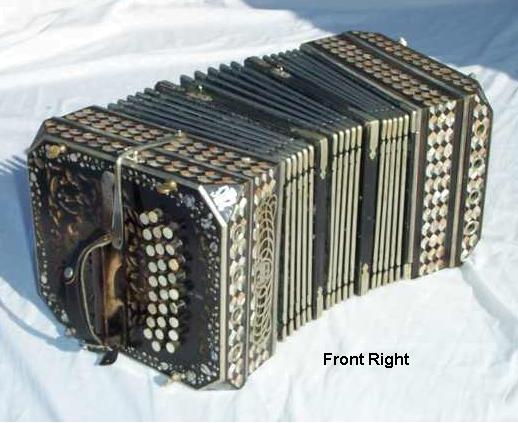
Large German Concertina
German Chemnitzer
2-row Irish Style (folk)
"Irish Dancemaster"
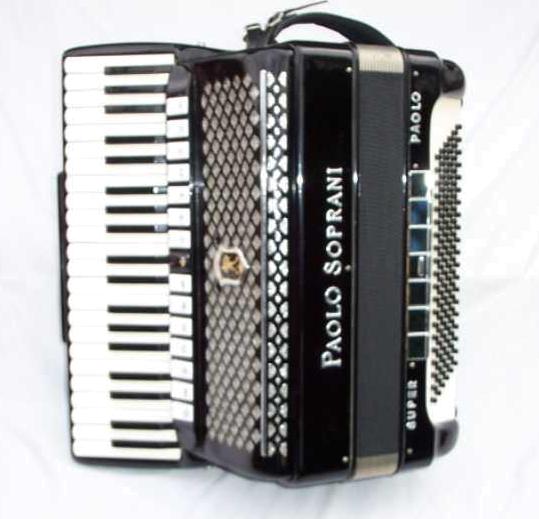
Chromatic Piano Accordion
"Paolo Soprani"
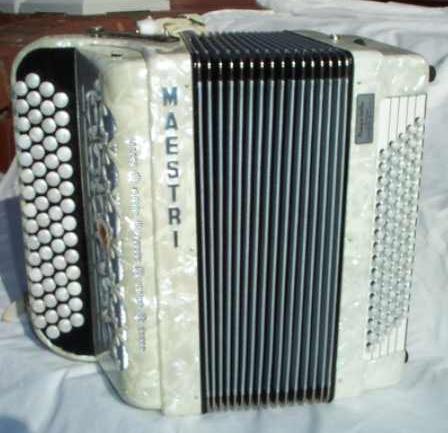
Chromatic Button Accordion
"Maestri"
|
Accordions
An Introduction to Free-Reed Instruments 2 May 2006
|
Accordions belong to a family of instruments
known as the "Free Reeds", which also includes harmonicas and concertinas.
The first free reed instrument was the Sheng or Lusheng from China.
"So, what exactly is a free reed?", you ask.
• Trapped Reed
In Trapped Reed instruments, a thin tongue (reed) of cane or metal is clamped against a mouthpiece frame and produces sound as wind blown through a small opening causes the reed to vibrate and beat against the mouthpiece. Clarinets and Saxophones are examples of Trapped Reed Instruments. Double Reed instruments are made of identical strips of cane that are clamped together in such a way as to force them to beat against each other when air is forced through the small opening that separates them. Oboes, Bassoons, and Bagpipes are examples of Double Reed Instruments. |
Free Reed Instruments employ single reeds,
made of a thin metal (or other suitable material) strips clamped over an
openings slightly larger than the size of the reeds, so that the reeds
vibrate freely within the opening when air is forced over it.
Accordions are BELLOWS BLOWN instruments that get their name from the simple fact that at least one button or key on the instrument will produce a CHORD (two or three different notes played at the same time). Most accordions are shaped like two rectangular boxes joined by a set of bellows, and suspended from the shoulders by leather straps for playing. They may have buttons and piano keys or just buttons. Concertinas (also BELLOWS BLOWN instruments) tend to have two square- or hexagon-shaped halves joined by a set of bellows, and a nearly equal number of sound buttons on the left and right halves. Concertinas DO NOT HAVE CHORD BUTTONS, and are played by holding them in the two out-stretched hands, either in front of the body, or resting on the lap of the seated player. |
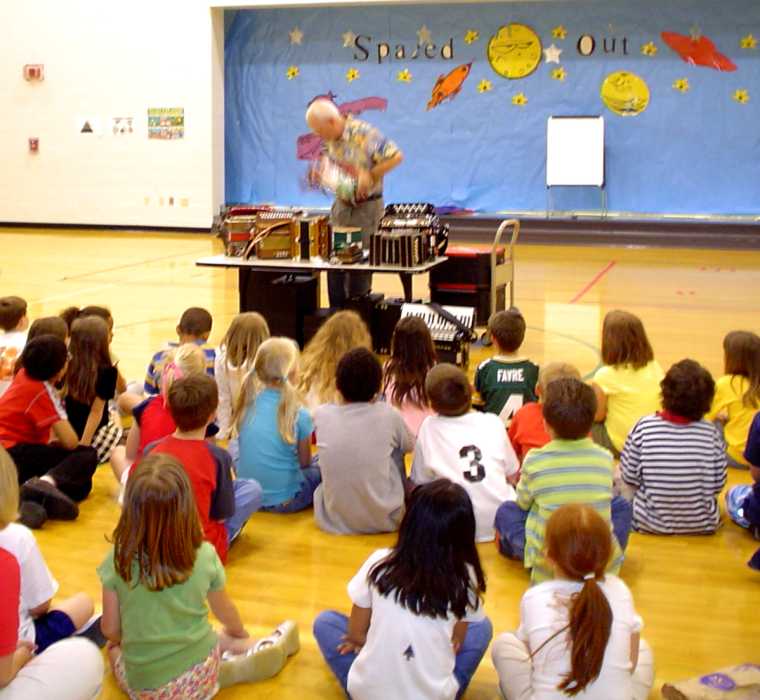 |
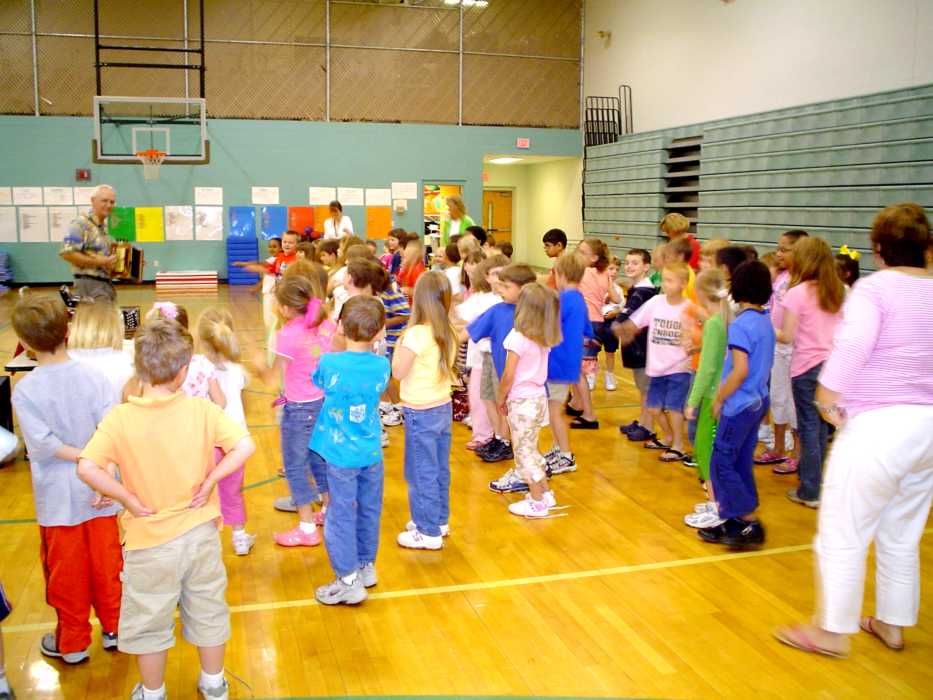 |
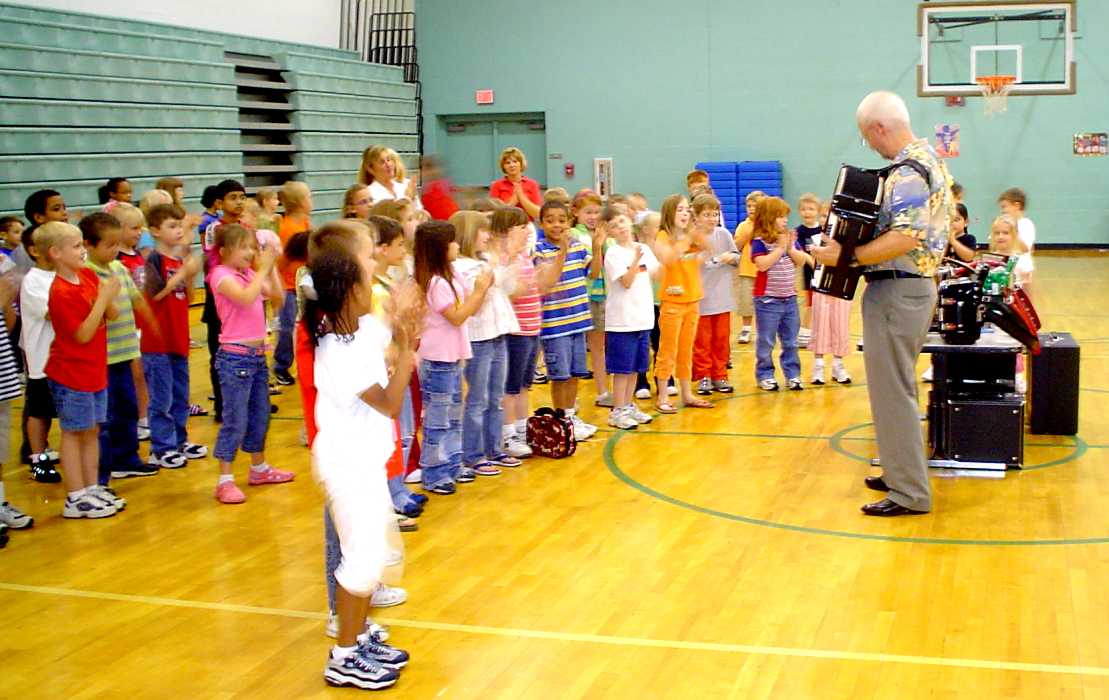 |
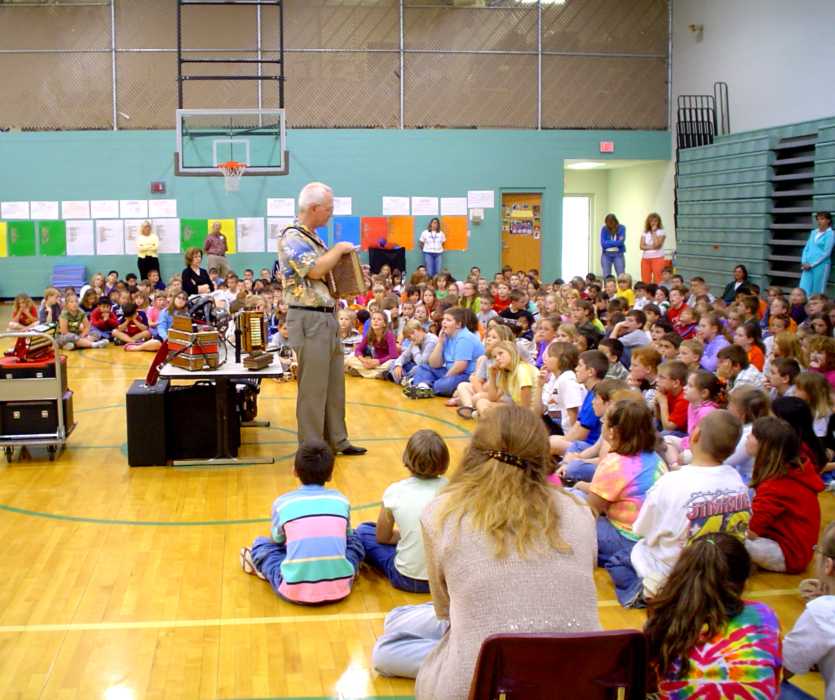 |